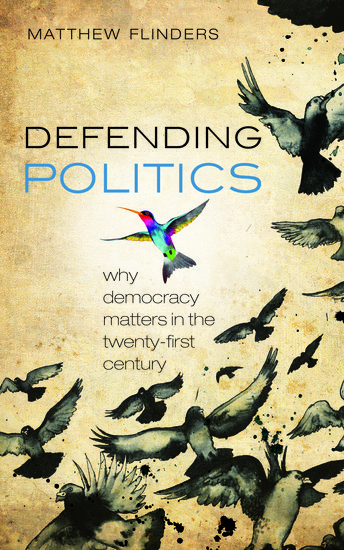The rise and fall of the Macedonian Empire
Alexander the Great (356-323 BCE), King of Macedonia, ruled an empire that stretched from Greece in the west to India in the east and as far south as Egypt. The Macedonian Empire he forged was the largest in antiquity until the Roman, but unlike the Romans, Alexander established his vast empire in a mere decade.








